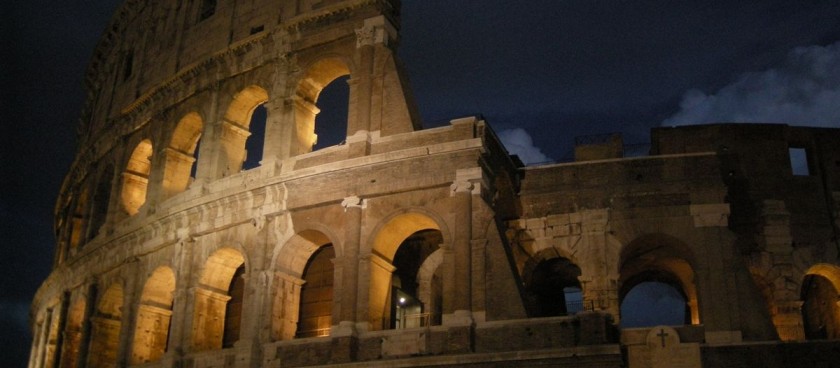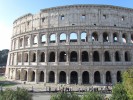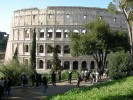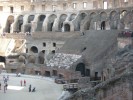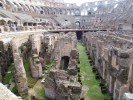- #IT01
- Piazza del Colosseo, 1, 00184 Roma, Italy
- +390639967700
- https://www.il-colosseo.it/en/informa...
- Working hours*:
The Colosseum is open all days with the following hours:
08.30 to 16.30: from last Sunday in October to 15 February
08.30 to 17.00: from 16 February to 15 March
08.30 to 17.30: from 16 to last Saturday of March.
08.30 to 19.15: from the last Sunday in - Prices*:
Adult - 12 Eur;
Reduce - 2 Eur;
Free for all citizens under 18 years old.
The ticket is valid for 2 consecutive days for an entrance to the Colosseum and an entrance to the Roman Forum / Palatine, and can be used until 31.12.2019. - * - opening and closing times as well as entrance prices, are subject to alterations without notice. Visitors are advised to check before visiting.
- On the first Sunday of each month the entrance to the Colosseum is free, so not recommended to go because the queue at the entrance is very long (you can not book online) and there are so many people that it is difficult to fully enjoy the monument.
- 41.8902260, 12.4922280 Copy to clipboard Copy
-
#Family time , #History , #Museums
The Colosseum is the main symbol of Rome. It is an imposing construction that, with almost 2,000 years of history, will bring you back in time to discover the way of life in the Roman Empire.
The construction of the Colosseum began in the year 72 under the empire of Vespasian and was finished in the year 80 during the rule of the emperor Titus. After completion, the Colosseum became the greatest Roman amphitheatre, measuring 188 meters in length, 156 meters in width and 57 meters in height.
The Colosseum in Ancient Times
During the Roman Empire and under the motto of "Bread and Circuses" the Roman Colosseum (known then as Flavian Amphitheatre) allowed more than 50,000 people to enjoy its finest spectacles. The exhibitions of exotic animals, executions of prisoners, recreations of battles and gladiator fights kept the Roman people entertained for years.
The Colosseum remained active for over 500 years. The last recorded games in history were celebrated in the 6th century.
Since the 6th century the Colosseum has suffered lootings, earthquakes and even bombings during World War Two. Demonstrating a great survival instinct, the Colosseum was used for decades as a storehouse, church, cemetery and even a castle for nobility.
The Colosseum in the present day
At present the Colosseum is, along with the Vatican City, Rome's greatest tourist attraction. Each year 6 million tourists visit it. On 7 July 2007 the Colosseum became one of the Seven Wonders of the Modern World.
Trivia
The original name "Flavian Amphitheatre" was changed to the Colosseum due to the great statue of Nero that was located at the entrance of the Domus Aurea, "The Colossus of Nero". The Domus Aurea was a great palace built under the orders of Nero after the Fire of Rome.
The emperor Titus inaugurated the Colosseum with 100 days of games, which took the life of more than 2,000 gladiators.
The Colosseum had a canvas ceiling to protect people from the sun. The machinery and cages were located beneath the arena.
There are some theories that the Colosseum was filled with water for naval battle recreations, although for the moment there have not been conclusive investigations.
Every Good Friday the Pope leads the Way of the Cross procession in the Colosseum. This place has always been closely connected with the church and on this day the early Christians that died in the arena are remembered.
Recommendations
In order to avoid endless lines that can cost you several hours, it is advisable either to arrive early in the morning or to buy an entrance ticket in the Palatine Hill, since there are usually fewer people there and the cost of entrance is combined.
Another way to avoid lines is to buy the Roma Pass, a discount card that offers free entrance to the Colosseum without having to wait in line.
